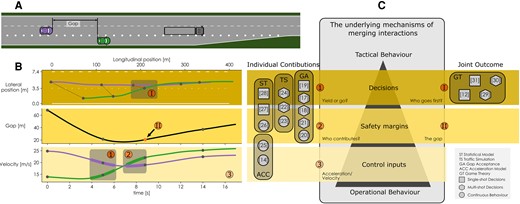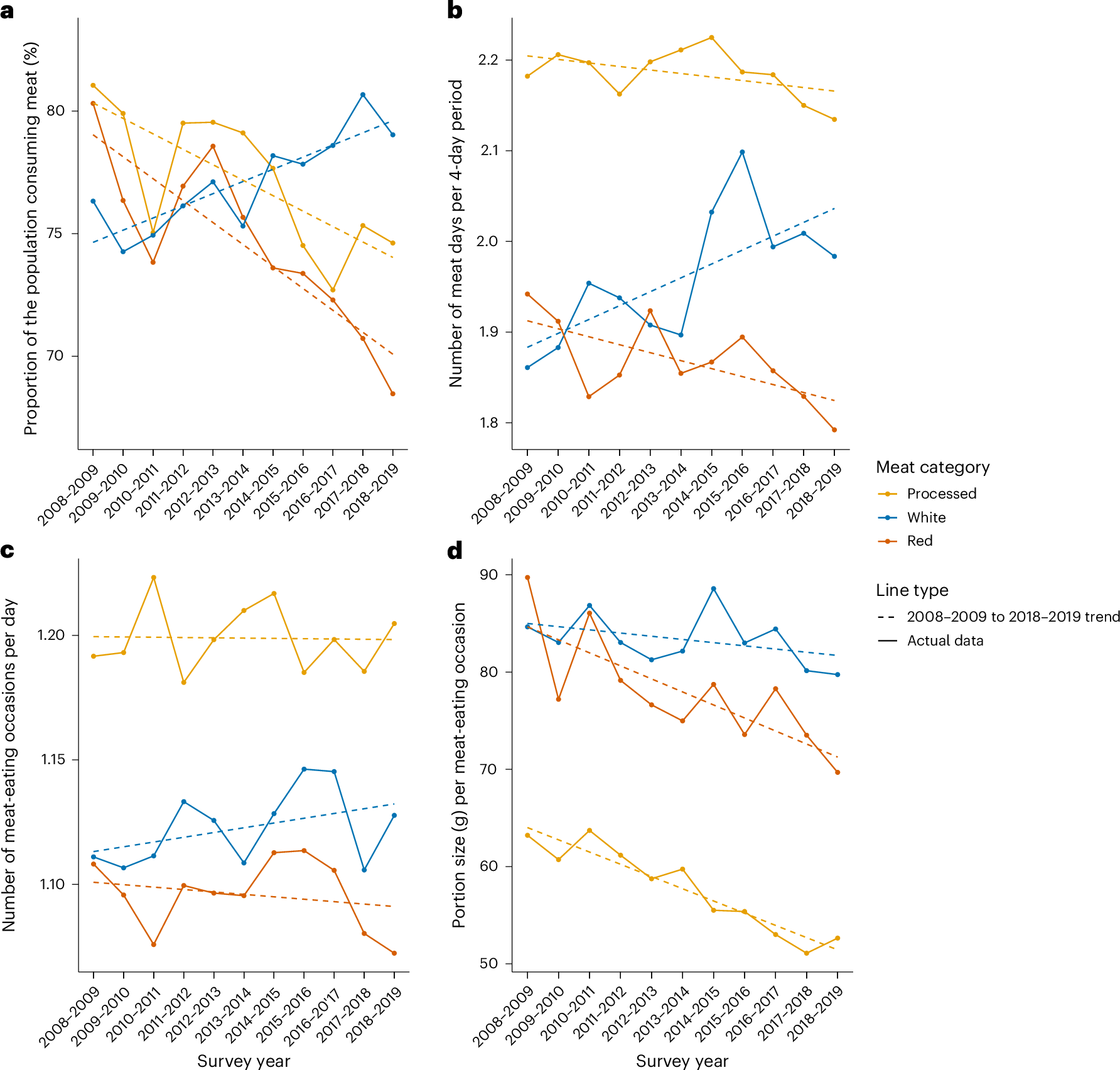2024-11-04 オランダ・デルフト工科大学(TUDelft)
<関連情報>
- https://www.tudelft.nl/en/2024/me/news/merging-like-a-human-tu-delft-develops-new-model-to-help-self-driving-cars-drive-socially
- https://academic.oup.com/pnasnexus/article/3/10/pgae420/7772438
ダイアド合流の相互作用モデルにより、制御入力から意思決定までの人間のドライバーの行動が説明できる A model of dyadic merging interactions explains human drivers’ behavior from control inputs to decisions
Olger Siebinga, Arkady Zgonnikov, David A Abbink
PNAS Nexus Published:24 September 2024
DOI:https://doi.org/10.1093/pnasnexus/pgae420

Abstract
Safe and socially acceptable interactions with human-driven vehicles are a major challenge in automated driving. A good understanding of the underlying principles of such traffic interactions could help address this challenge. Particularly, accurate driver models could be used to inform automated vehicles in interactions. These interactions entail complex dynamic joint behaviors composed of individual driver contributions in terms of high-level decisions, safety margins, and low-level control inputs. Existing driver models typically focus on one of these aspects, limiting our understanding of the underlying principles of traffic interactions. Here, we present a Communication-Enabled Interaction model based on risk perception, that does not assume humans are rational and explicitly accounts for communication between drivers. Our model can explain and reproduce observed human interactions in a simplified merging scenario on all three levels. Thereby improving our understanding of the underlying mechanisms of human traffic interactions and posing a step towards interaction-aware automated driving.



